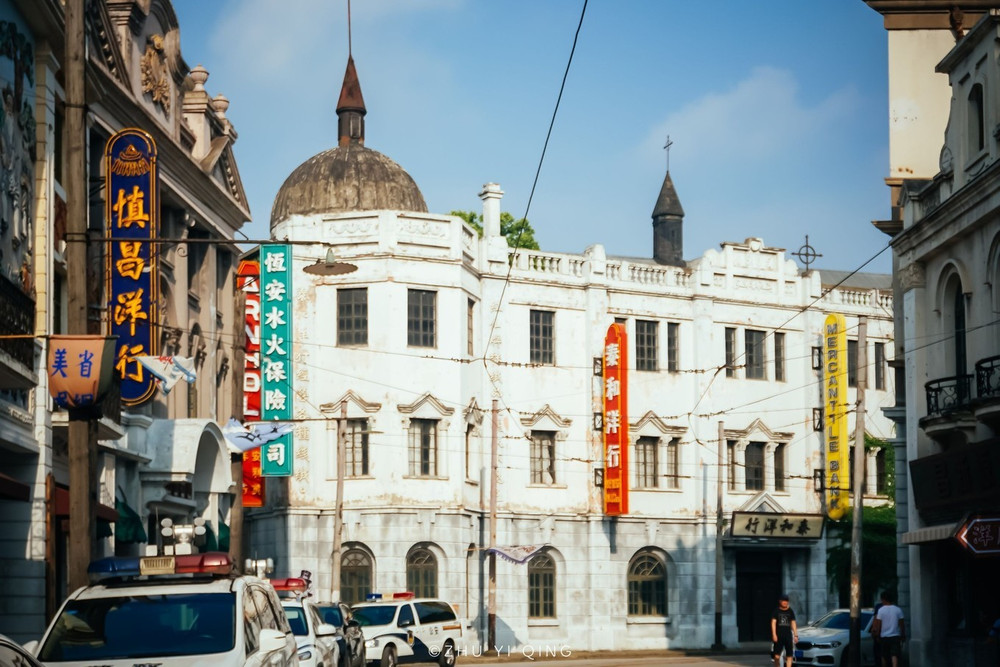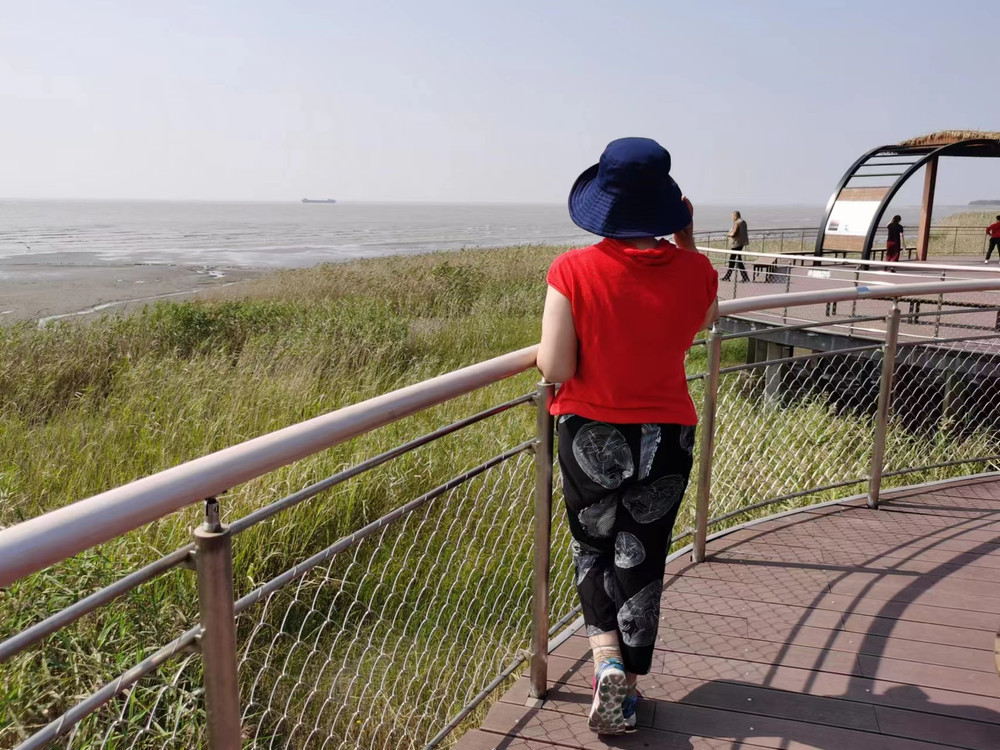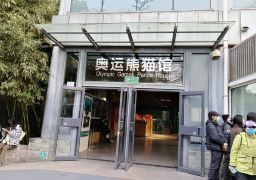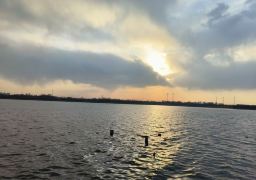Liu Garden is collectively known as one of the Four Great Gardens of China along with Suzhou’s Humble Administrator’s Garden, Beijing’s Summer Palace, and Chengde’s Mountain Resort. Inside the garden, there are pavilions, towers, rockeries, and winding corridors set amidst lush greenery and a pristine pond, presenting a picturesque scene and a serene atmosphere at every turn. This garden is a testament to the harmonious blend of landscape and tranquility.
Initially constructed in the 21st year of the Wanli era of the Ming Dynasty (1593 AD), it was a private garden for Xu Tai, a junior official of the Ministry of Household Affairs, and was then known as ‘Dong Garden’. By the end of the Qianlong period of the Qing Dynasty, it was acquired by Liu Shu, expanded, and renamed ‘Hanbi Mountain Villa’, commonly referred to as ‘Liu Garden’. In the early years of the Guangxu period, it was purchased by the official Sheng Kang and renamed ‘Liu Garden’ again.
The garden is divided into four distinct sections, enabling visitors to experience the diverse scenery of mountains and waters, pastoral landscapes, forests, and courtyards. The central area is renowned for its water features (small ponds), surrounded by notable structures such as the Ke Ting Pavilion, Yuan Cui Pavilion, and Qu Xi Tower. The eastern section features intricate courtyards and corridors, with over a dozen architectural pieces including the Jia Qing Xi Yu Kuai Xue Pavilion, Lin Quan Qi Shuo Pavilion, and Guan Yun Tower, collectively known as the ‘Three Treasures of Liu Garden’.The Guan Yun Peak (Taihu stone), the Nanmu Hall, and the fish fossil are all notable in this section. The Guan Yun Peak has a slender form and embodies the four peculiarities of Taihu stones: “thin, wrinkled, permeable, and translucent”. It is rumored to be a remnant from the late Northern Song Dynasty’s flower stone tribute. The Nanmu Hall is located in the Wu Feng Xian Guan. Its columns are made of nanmu wood. Unfortunately, it suffered damage during the Anti-Japanese War and was later covered with cement and painted over. The fish fossil is a marble about one meter in diameter. It originates from Dian Cang Mountain in Yunnan. Its patterns resemble a landscape painting. The northern and western parts of Liu Garden are relatively open. The northern area showcases rural scenery and a newly established bonsai garden. The western area, being the highest point in the garden, offers a wild charm with artificial mountains as the main attraction. The Han Bi Shan Fang and Ming Se Tower south of the pond are the primary viewing structures in Liu Garden. Although not large, one can traverse the entire garden along its over 700-meter winding corridors and garden paths. Guide map signs are available throughout. Operating hours are from November 1st to February 28th from 07:30 to 17:00; from March 1st to October 31st from 07:30 to 17:30; and during Qingming Festival, Labor Day, Dragon Boat Festival, Mid-Autumn Festival, and National Day from 07:30 to 18:00.Concessions:
– Free entry for children under 6 years old or under 1.4 meters in height with valid identification.
– Half-price entry for minors aged between 6 and 18 with valid identification.
– Free entry for seniors aged 70 and above with valid identification.
– Half-price entry for seniors aged between 60 and 70 with valid identification.
– Half-price entry for full-time university undergraduate students and below with valid identification.
– Free entry for active-duty military personnel of the People’s Republic of China with military ID and retired military officers with retirement ID.
– Free entry for disabled persons and one accompanying caregiver for severely disabled individuals with valid identification.
– Suzhou Tong • Transfer Card users can enter the garden after making a reservation on the Ctrip APP and presenting valid identification.
Complimentary Admission for Eligible Groups: Individuals with a ‘People’s Republic of China Veterans Preference Certificate’ or ‘People’s Republic of China Martyrs, Military Personnel Who Died in Service, and Deceased Military Personnel’s Dependents Preference Certificate’ are granted free admission (excluding garden-within-a-garden, in-park charges, and night tours).
Free Admission for Suzhou Medical Personnel: On International Nurses Day (May 12th) and Chinese Physicians Day (August 19th) each year, medical personnel in Suzhou can enjoy free admission to the scenic area for seven days following the respective dates (May 12th to 18th and August 19th to 25th).**Entry Requirements for Suzhou Medical Personnel:**
Medical personnel in Suzhou are granted free entry to the garden. To avail this benefit, they must present their ‘Personal ID Card’ along with the ‘Suzhou Medical Personnel Free Garden Card (electronic card)’ at the entrance.
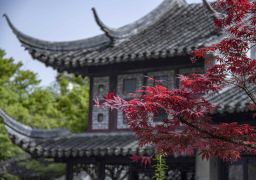
**Free Service Facilities:**
1. **Parking Lot:**
– **Name:** Liu Garden Parking Lot
– **Rate:** ¥10 per hour
– **Address:** No. 302, Liuyuan Road, Jinchang District
– **Capacity:** 100 spaces
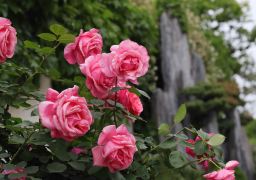
2. **WIFI:**
– **Access:** Scan QR code to follow the official WeChat public account
– **Password:** No password required
– **Coverage:** Available throughout the entire garden
3. **Mobile Charging:**
– Charging power sockets are provided at the scenic area’s visitor center.
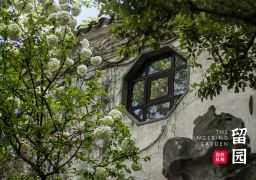
4. **Tour Guide Services:**
– Guided tours are offered for individual tourists at no cost.
– Tours depart every 15 minutes.
– **Operating Hours:** 8:00 AM to 4:00 PM
5. **Stroller Rental:**
– **Price:** Subject to actual on-site pricing
– **Location:** Visitor Center
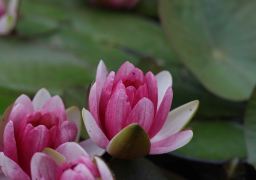
6. **Wheelchair Rental:**
– **Price:** Subject to actual on-site pricing
– **Location:** Visitor Center
7. **Restrooms:**
– Restrooms are conveniently located within Liu Garden and are clearly marked with prominent signs.






